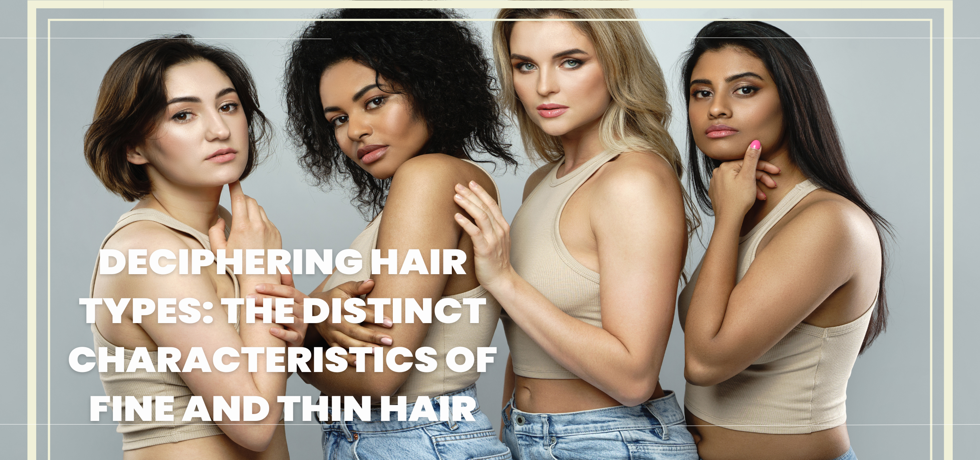
Decoding Hair Types: A Guide to Fine and Thin Hair
The Importance of Understanding Hair Types
When it comes to hair, we often hear about terms like “fine” and “thin.” However, these words can be misleading if we don’t understand their specific meanings. Fine and thin hair are not the same, and recognizing the distinction can significantly impact the way we care for our hair. By learning about the characteristics of fine and thin hair, you can choose appropriate products and styling methods, ensuring your locks look their best! Let’s explore what sets fine hair apart from thin hair and how you can enhance your hairs natural beauty.
Defining Fine Hair: Characteristics and Care
Fine hair refers to the thickness or diameter of the individual hair strands. Characterized by a smaller circumference relative to other types, fine hair tends to appear flat due to its lightweight structure. This hair type can become oily quickly as natural oils travel down the hair shaft faster. To maintain the beauty of fine hair, it’s essential to use gentle cleansing products that are specially formulated for fine hair. Additionally, conditioning should be done minimally at the roots to avoid a weighed-down appearance. Frequent trims are recommended to prevent tangling and damage. The right products can enhance your hair’s volume, giving it a lively look.
Understanding Thin Hair: Causes and Management
Unlike fine hair, thin hair refers to the density of hair follicles on the scalp. Those with thin hair have fewer hair strands per square inch, which can lead to a scalp being visible in certain styles. Common causes of thin hair include genetics, hormonal changes, nutrient deficiencies, and stress. To manage thin hair effectively, it’s important to handle it gently and choose hairstyles that create the illusion of volume. Utilising volumizing shampoos and conditioners specifically designed for thin hair can help add body without weighing it down. Regular scalp care is also pivotal for promoting healthy hair growth.
The Key Differences Between Fine and Thin Hair
While fine and thin hair might sound similar, they refer to different hair characteristics. Fine hair strands lack thickness, making them delicate and prone to breakage, whereas thin hair refers to the amount of hair on the scalp. It’s possible to have fine hair that is also thin, which makes understanding these differences vital. For instance, a person with fine hair might have a thicker overall density, while someone with thin hair may have thick strands but low overall hair count. Recognizing these attributes enables better product selection and styling strategies.
Actionable Tips for Caring for Fine and Thin Hair
Caring for fine and thin hair requires a thoughtful approach to maintain its health and vitality. Focus on gentle cleansing with products that add volume, avoid heat styling whenever possible, and always use a protective spray when you do. Opt for layered hairstyles that create the illusion of fullness and avoid tight hairstyles that may cause breakage. Moreover, a nutritious diet rich in proteins, vitamins, and minerals is essential for hair health. Regular visits to The Skin Artistry can also provide tailored advice for your hair type, helping you discover the best practices for your unique needs.


